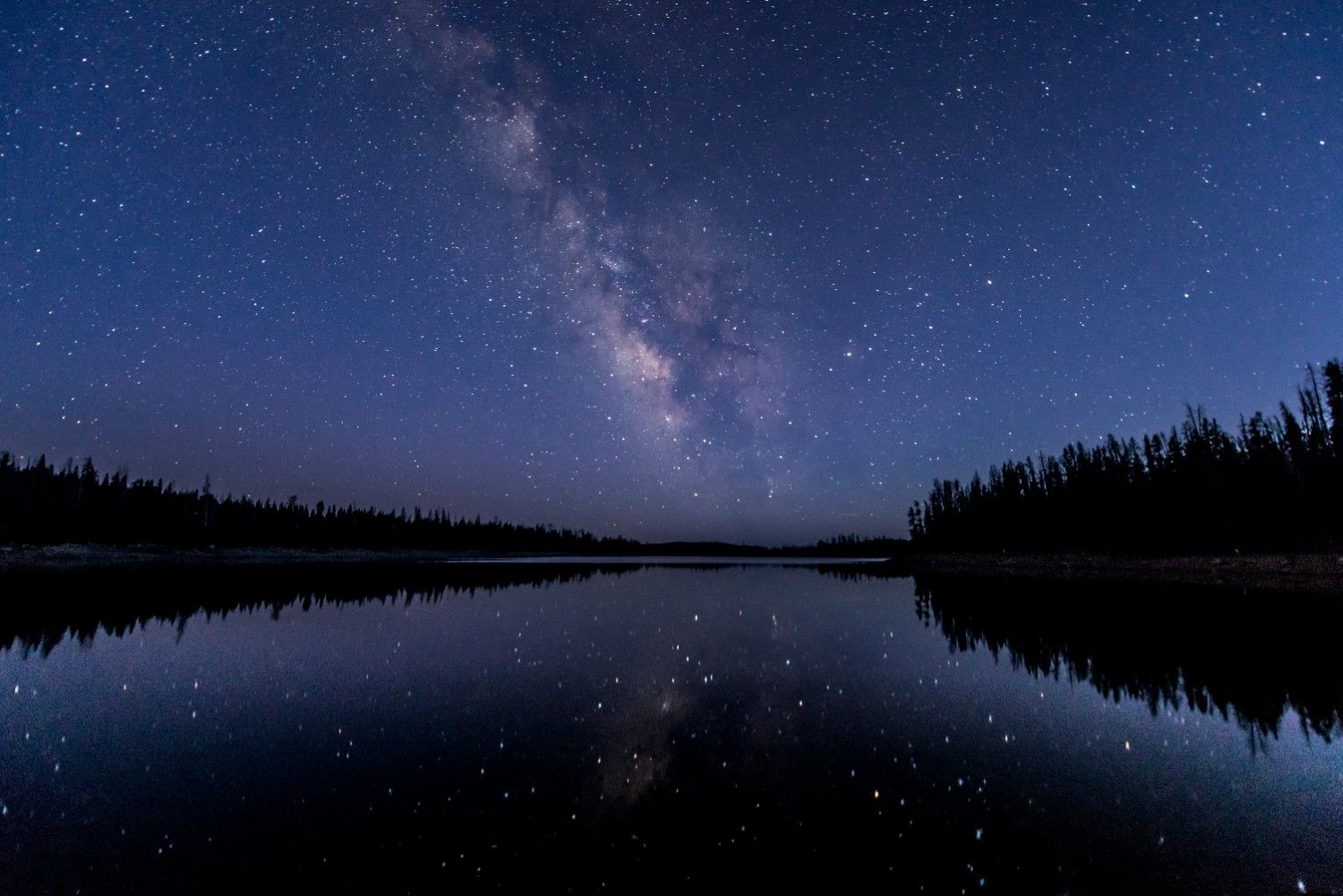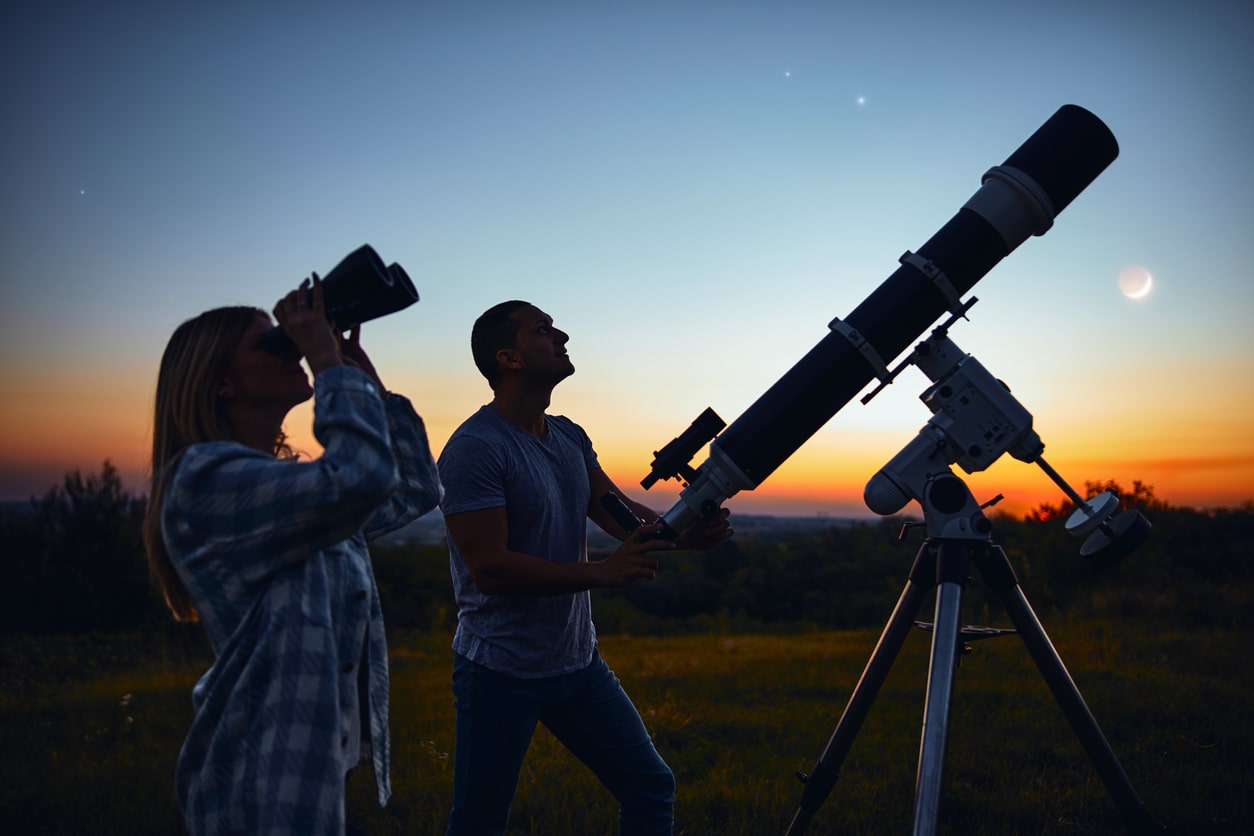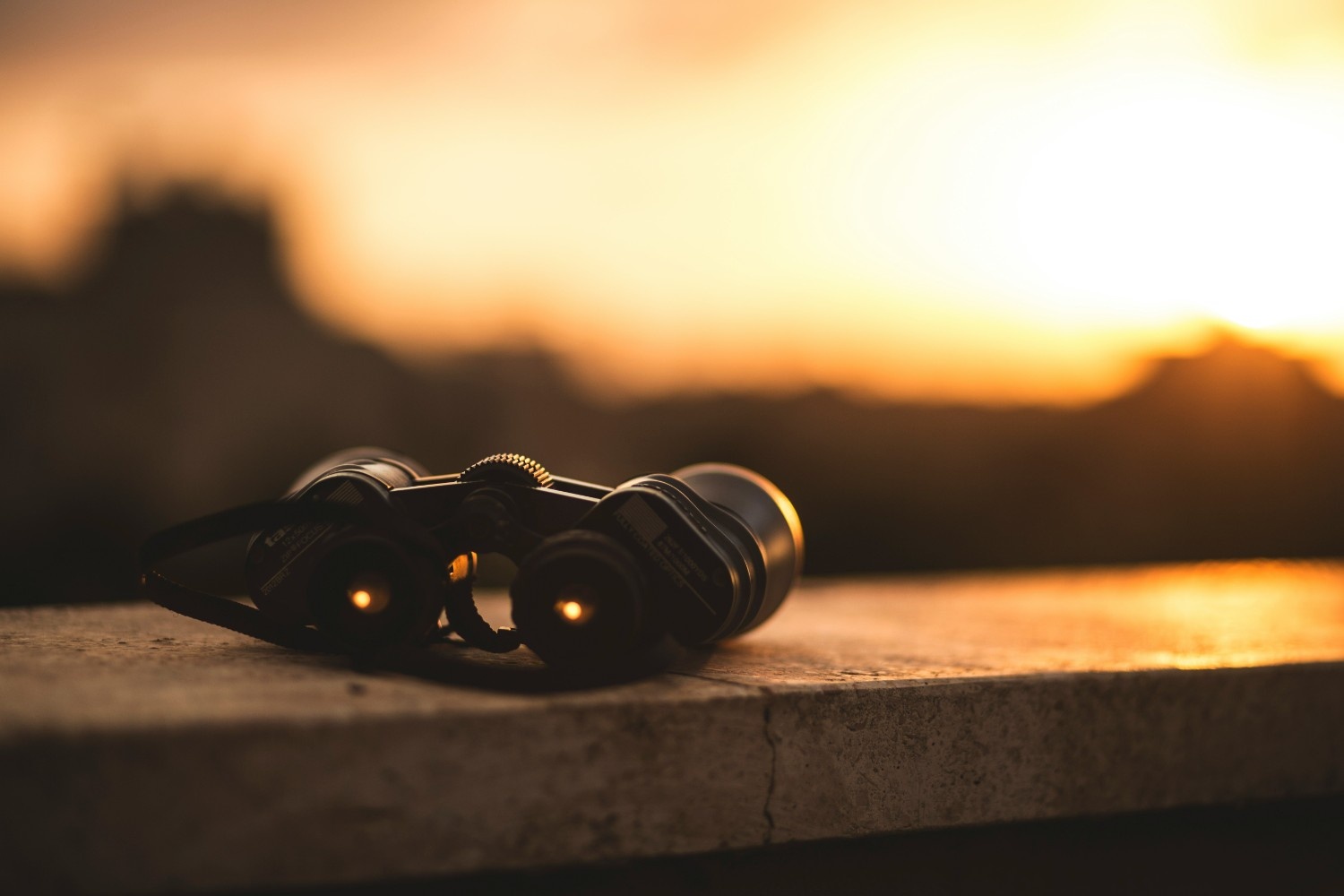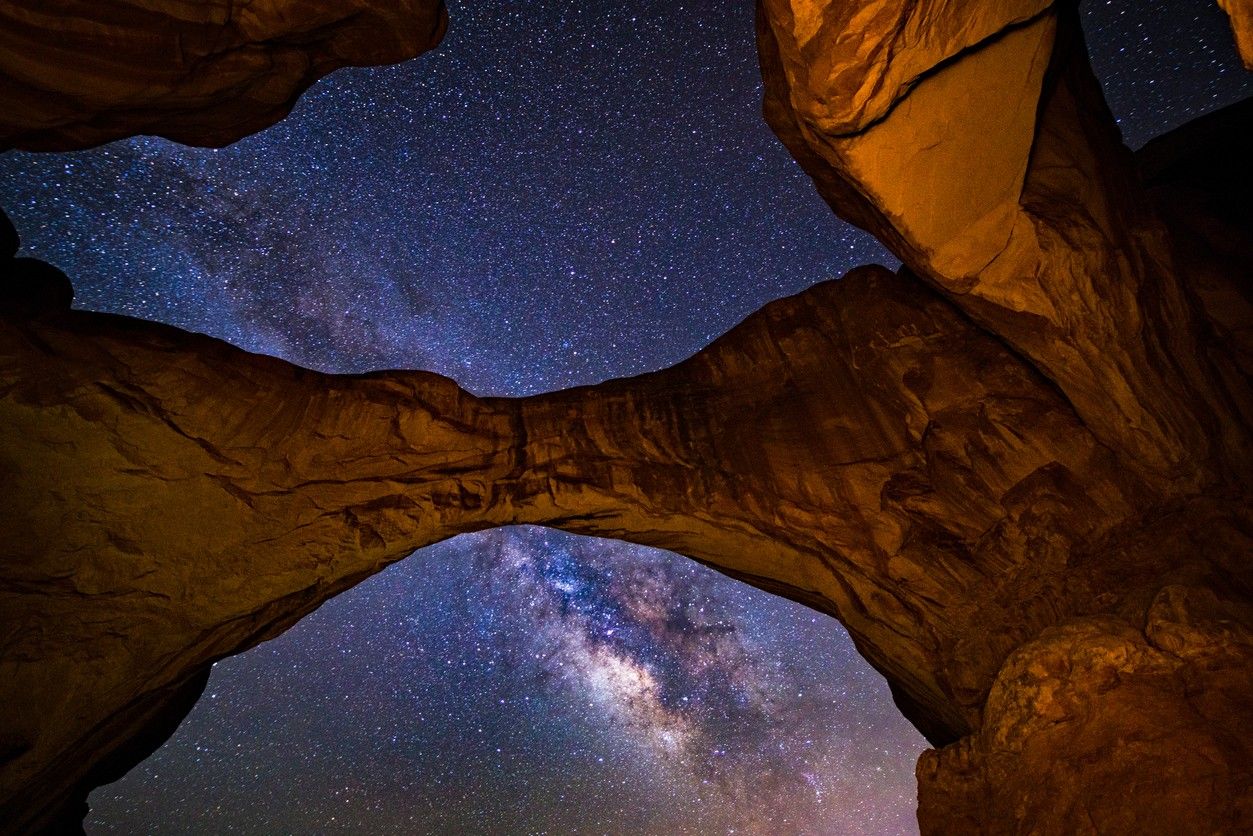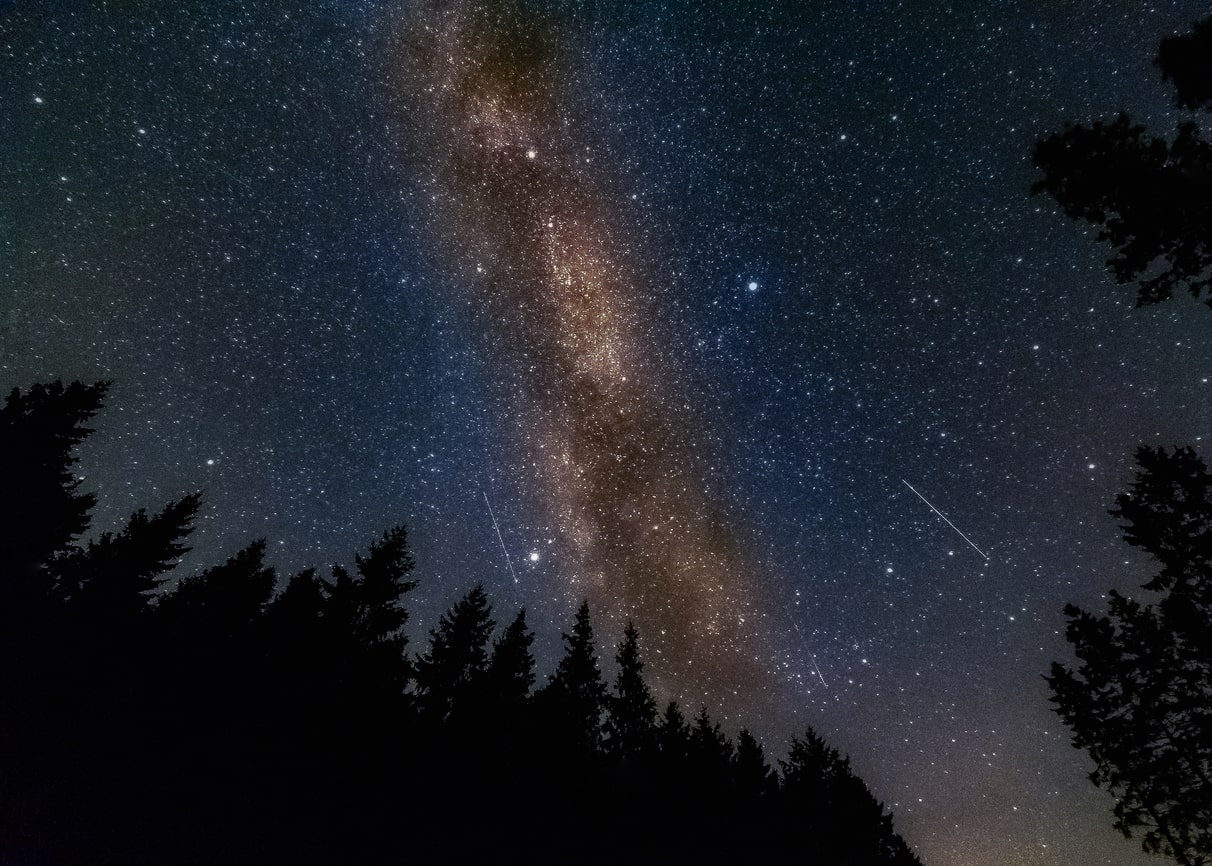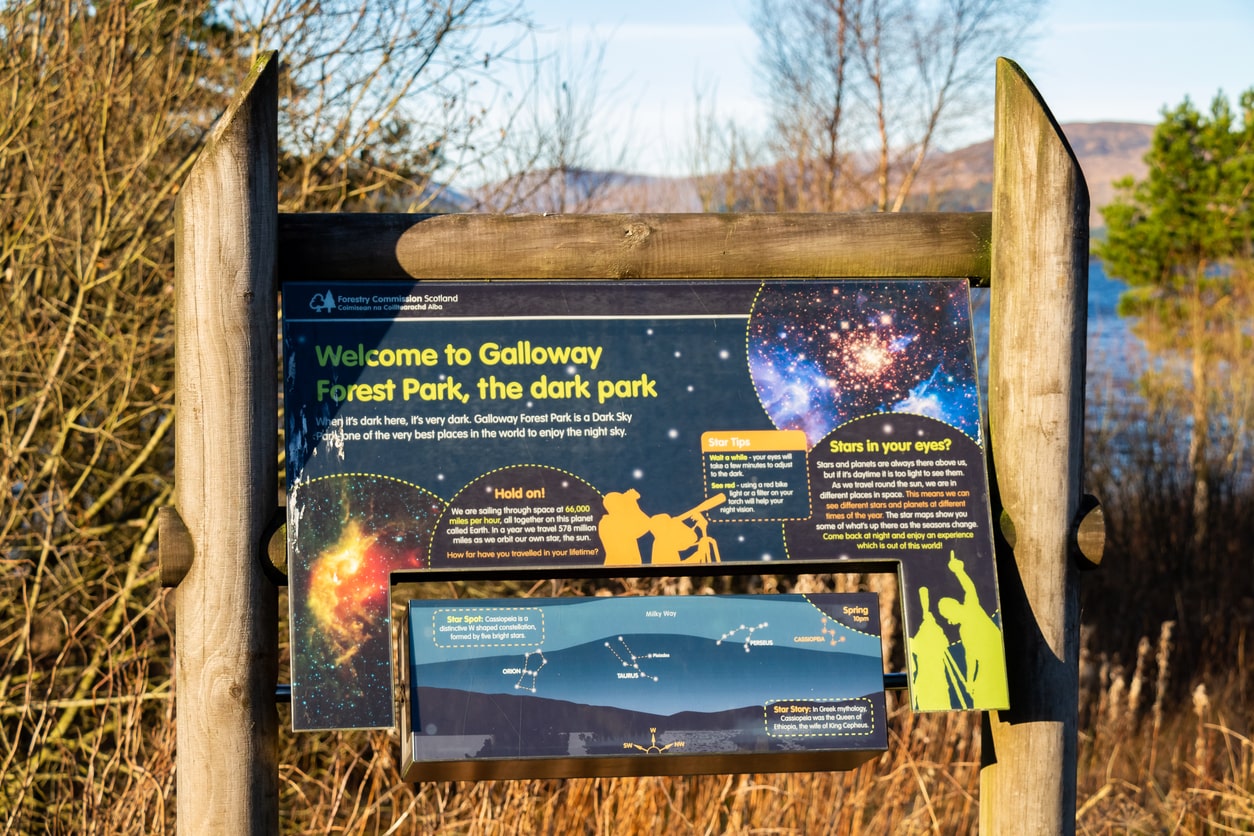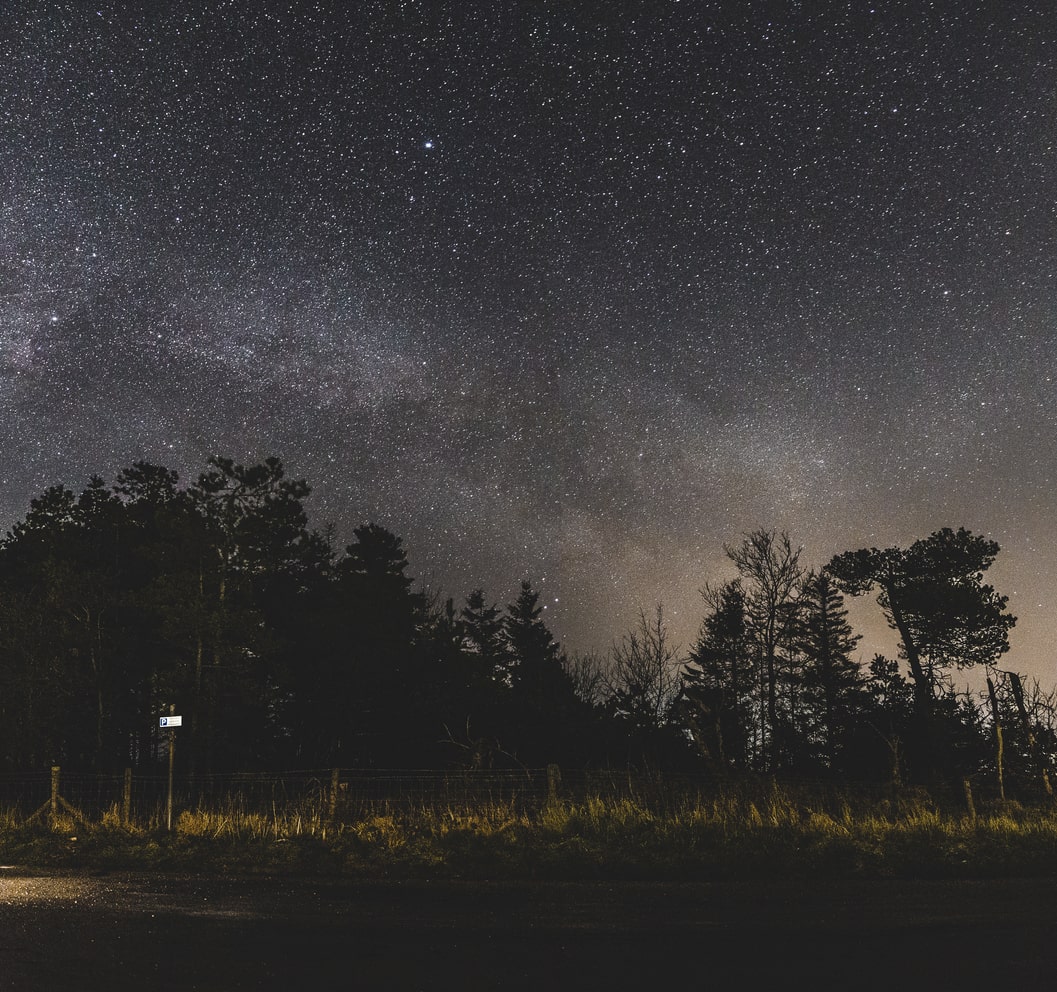Must-Have Equipment & Top Locations for Every Stargazer
Stargazing is a timeless pursuit, connecting us with the universe and offering moments of awe and reflection. With the right preparation and equipment, you can enjoy stargazing from your garden, local park, or remote dark sky reserve. Whether you’re seeking meteor showers, planets, or the Milky Way, this guide will help you get started and make the most of every clear night.
Essential Stargazing Equipment
Telescopes & Binoculars
- Binoculars → Ideal for beginners, binoculars offer a wide field of view and are easy to use. Look for models with 7x or 10x magnification and at least 50mm aperture for bright, clear images.
- Telescopes → For deeper exploration, a refractor or reflector telescope with a moderate aperture (at least 6 inches) is recommended. Dobsonian telescopes are popular for their light-gathering power and value, while Schmidt-Cassegrain models are compact and versatile.
| Feature/Aspect | Telescopes | Binoculars |
|---|---|---|
| Primary Use | Astronomy, deep-sky andplanetary observation | Casual astronomy, terrestrial use (birding, hiking) |
| Magnification | High (often 50x–300x or more) | Low to moderate (typically 7x–15x) |
| Field of View | Narrow (small patch of sky) | Wide (large section of sky) |
Aperture (Light Gathering) |
Large (60mm–400mm+), more light, better for faint objects |
Small to moderate(25mm–70mm), limited light gathering |
| Portability | Bulky, heavy, requires setup and stable surface | Lightweight, compact, easy to carry and use anywhere |
| Ease of Use | Requires setup, alignment, and some expertise | Simple, intuitive, minimal setup |
| Cost | Wide range; entry-level to very expensive | Generally more affordable; wide range |
Star Charts, Apps & Navigation Tools
- Physical Star Charts → Great for learning constellations and planning observations.
- Stargazing planning Apps → The Sky Calendar, Dark Skies Finder Map, or the Dark Sky Finder App
- Astronomy Apps → Apps like Stellarium and SkySafari provide real-time sky maps, event alerts, and object tracking based on your GEO location.
- Meteor Shower Guide App → Forecasts, event calendars, and hourly predictions to observe meteor showers.
- Maps, Compasses & GPS Devices → Essential for finding your way in the dark.
- Smartwatches → Garmin’s range includes features for night navigation and tracking celestial events.
Tripods, Mounts & Accessories
- Tripods → Essential for stabilising binoculars, cameras, and some telescopes during long sessions.
- Mounts → Alt-azimuth mounts are simple and intuitive, while equatorial mounts are better for tracking objects and astrophotography.
- Red LED Torches → Preserve night vision while you set up or read charts.
- Eyepieces & Filters → Different eyepieces allow for varying magnifications. Nebula and light pollution filters enhance visibility in urban or suburban areas.
How to Choose the Best Stargazing Location
Light Pollution & Dark Sky Sites
Selecting the right location is crucial for a memorable stargazing experience, as it directly affects what you’ll be able to see in the night sky. The most important factor to consider is light pollution, which can obscure faint stars and deep-sky objects. To find the darkest skies, use resources such as the CPRE’s Light Pollution Map or the Dark Sky Finder app, which highlight the UK’s top stargazing destinations, including Exmoor, Galloway Forest, and Northumberland.
Aim for areas with a Bortle Scale rating of 3 or lower, as these offer the clearest views of the cosmos. Weather is another key consideration; always check the forecast for clear, cloudless nights, as even a thin layer of cloud can hinder visibility. Planning your session around the new moon will also maximise darkness, making it easier to spot dim celestial objects. Additionally, think about the time of year-winter provides longer, darker nights and crisp air ideal for stargazing, while summer is perfect for observing the Milky Way.
Astrophotography: Capture the Night Sky
Astrophotography can be as simple or as advanced as you want it to be. Beginners often start by photographing the night sky with a smartphone or DSLR on a tripod, while more experienced enthusiasts use telescopes, tracking mounts, and specialised cameras to capture deep-sky objects.
Basic Equipment Checklist
- Camera → DSLR or mirrorless camera with manual controls
- Lens → Wide-angle lens (preferably with a fast aperture, f/2.8 or wider)
- Tripod → Sturdy and stable to prevent vibration
- Remote Shutter/Intervalometer → For long exposures without camera shake
- Star Tracker (optional) → Motorised mount to follow the stars and allow longer exposures
- Spare Batteries and Memory Cards → Cold nights can drain batteries quickly
Camera Settings for Night Sky Photography
Choosing the right settings is crucial for capturing sharp, bright images of the stars. Here’s a handy reference table for typical starting points:
| Setting | Recommendation | Purpose |
|---|---|---|
| Aperture | f/2.8 or wider | Maximises light intake |
| ISO | 1600–3200 | Balances sensitivity and noise |
| Shutter Speed | 15–30 seconds | Prevents star trails (unless desired) |
| Focus | Manual, set to infinity | Ensures stars are sharp |
| White Balance | Daylight or custom | Maintains natural sky colours |
Camping & Overnight Stargazing
Choosing the Right Tent for Stargazing
- Ventilation → Look for tents with large mesh panels or windows. These not only reduce condensation but also let you gaze at the stars from inside your shelter.
- Stargazing Features → Some tents are designed with roll-back rainfly sections or panoramic mesh roofs, offering unobstructed views of the sky without leaving your sleeping bag.
- Weather Resistance → Ensure your tent is rated for the conditions you expect. Three-season tents are suitable for most UK stargazing trips, but a four-season tent may be necessary for winter or exposed sites.
- Size & Space → Choose a tent with enough room for your group and gear. Extra vestibule space is handy for storing boots, backpacks, and telescopes.
Sleeping Bags: Stay Warm All Night
A restful night is essential for enjoying the pre-dawn sky or early morning planets. The right sleeping bag keeps you warm and comfortable, regardless of temperature.
- Temperature Rating → Choose a bag rated a few degrees colder than the expected overnight low. In the UK, a three-season sleeping bag is often sufficient for spring to autumn, but a four-season bag is recommended for winter.
- Insulation Type → Down insulation is lightweight and highly compressible, ideal for backpacking. Synthetic insulation performs better in damp conditions and is easier to care for.
- Shape → Mummy-shaped bags offer better thermal efficiency, while rectangular bags provide more room to move.
Top UK Stargazing Destinations
The UK is home to some of the world’s most celebrated dark sky locations, offering stargazers a rare chance to witness the cosmos in all its splendour, far from the glow of urban lights. National parks and designated reserves across England, Scotland, and Wales provide exceptional opportunities for beginners and seasoned astronomers alike to enjoy the night sky.
Many of the best spots are recognised as International Dark Sky Reserves or Parks, meaning they have met strict criteria for minimal light pollution and public accessibility. In these places, on a clear night, you can see the Milky Way arching overhead, spot planets, and even catch meteor showers or the elusive Northern Lights.
Here are some of the UK’s top stargazing destinations:
- Exmoor National Park → Europe’s first International Dark Sky Reserve; over 3,000 stars visible to the naked eye.
- Galloway Forest Park → UK’s first Dark Sky Park; over 7000 visible stars, remote setting, regular astronomy events.
- Northumberland Dark Sky Park → Home to Kielder Observatory, regular stargazing events, minimal light pollution, Milky Way views.
- Brecon Beacons → UK’s first Dark Sky Park, over 7000 visible stars, remote setting, regular astronomy events.
- High Force, North Pennines → Darkest skies in England, dramatic waterfall backdrop, unique guided stargazing experiences.
- South Downs National Park → International Dark Sky Reserve, close to London, annual Dark Skies Festival.
- Yorkshire Dales National Park → International Dark Sky Reserve; four Dark Sky Discovery Sites; possible Northern Lights sightings.
- North York Moors National Park → England International Dark Sky Reserve; panoramic views from clifftops.
- Isle of Sark → World’s first Dark Sky Island; no public street lighting; exceptional darkness and clarity.
Watch our video of Stargazing Tips with Huw below or find out more at www.huwjames.com.

FAQs
A refractor telescope with a moderate aperture, like the Celestron AstroMaster, is user-friendly and portable.
Track major showers like the Perseids and Geminids using astronomy apps or online calendars.
Yes! The naked eye reveals constellations, satellites, and meteor showers. Binoculars enhance the experience.
Dress in layers, including thermal base, insulated mid-layer, and waterproof outer shell. Don’t forget hats and gloves.
Stargaze in remote locations, use red lights, and support dark sky initiatives.
Related articles

Let us know you agree to cookies
We use marketing, analytical and functional cookies as well as similar technologies to give you the best experience. Third parties, including social media platforms, often place tracking cookies on our site to show you personalised adverts outside of our website.
We store your cookie preferences for two years and you can edit your preferences via ‘manage cookies’ or through the cookie policy at the bottom of every page. For more information, please see our cookie policy.

